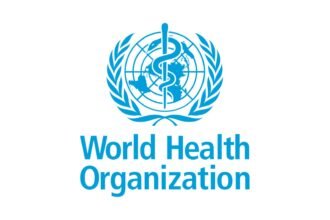Stockholm: The Royal Swedish Academy of Sciences announced the Nobel Prize in Chemistry 2025. This prestigious award has been jointly bestowed upon Susumu Kitagawa of Japan, Omar M. Yaghi of the United States and Richard Robson of Australia “for the development of metal-organic frameworks”. These scientists have pioneered a new form of molecular architecture that has the potential to solve some of humankind’s greatest challenges.
What are Metal-Organic Frameworks?
Metal-Organic Frameworks (MOFs) are molecular constructions with large spaces through which gases and other chemicals can flow. In these constructions metal ions act as cornerstones that are linked together by long organic (carbon-based) molecules. Together, they are organized to form crystals that contain large cavities. These porous materials are called metal-organic frameworks (MOFs). By varying the building blocks used chemists can design them to capture and store specific substances.
Revolutionary Applications
The potential of MOFs is enormous and presents previously unforeseen opportunities. Some of their potential applications include:
- Harvesting water from desert air
- Capturing carbon dioxide from the environment
- Storing toxic gases
- Separating harmful chemicals like PFAS from water
- Catalysing chemical reactions
The Journey of Discovery
The field began with the work of Richard Robson in 1989. He combined positively charged copper ions with a four-armed molecule to create a well-ordered spacious crystal. However his initial construction was unstable and collapsed easily. Subsequently between 1992 and 2003, Susumu Kitagawa and Omar Yaghi working separately made a series of revolutionary discoveries that provided a firm foundation for the method. Kitagawa demonstrated that gases can flow in and out of the constructions while Yaghi created a very stable MOF and showed that it can be modified using rational design to give it new desirable properties.
The prize amount of 11 million Swedish kronor will be shared equally among the three laureates.















